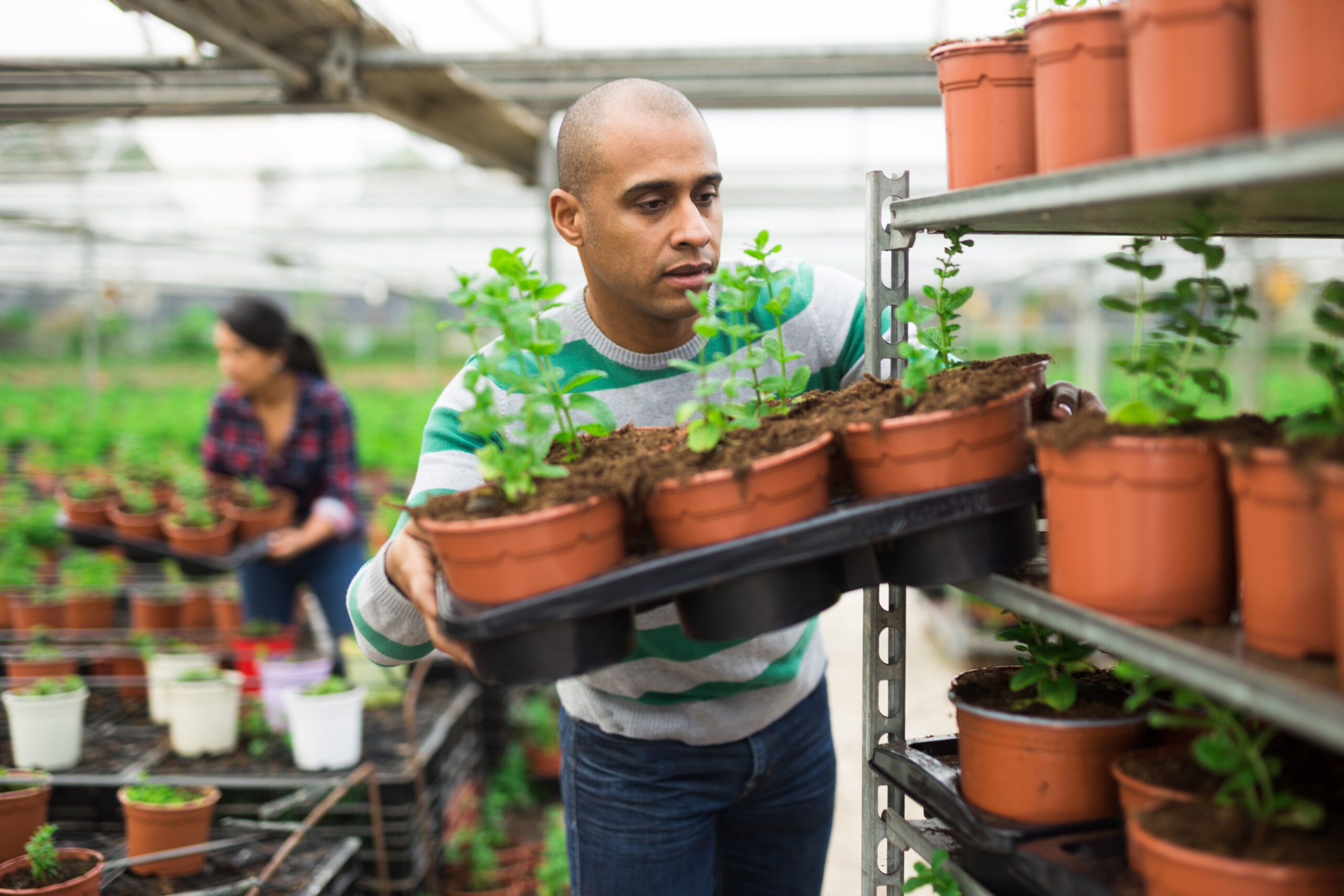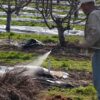The State of the Industry White Paper was published in December 2023 by Dr. Charlie Hall and others from AmericanHort. It reported that labor represents almost 35 percent of a typical grower’s production costs. Since Dr. Hall’s 2007 report baseline, labor costs have risen over eighty-three percent. That increase is the largest of any cost of production expense category in horticultural production. In fact, forecasted labor costs are expected to increase an additional five percent in 2024, compared to the cost of production category’s overall average of 1.6 percent increase.
In addition to the cost of labor rising, there is an overall labor shortage. A variety of reasons have been suggested as potential contributors to the labor shortage. They include a reduction of the workforce that left early for retirement due to the pandemic, a drop in legal immigration, problems and limitations in current H-2A and H-2B programs, a mismatch between who is available to be hired and the skills needed to do the work, and employees more carefully managing work/life balances.
The US unemployment rate has also been below five percent since September 2021. Economists consider five percent unemployment to be full employment. This means the available labor pool is small and has been small for a long time.
All of this confirms that growers need to find ways to save money on labor (and the sanity of their workforce). The use of mycorrhizae has high potential to reduce labor usage in a growing operation. I suggest you keep reading to find out more.
Savings start at the young plant stage
Whether you buy in your plugs and liners, grow your own, or a combination of the two – the value of mycorrhizae use starts early. One of the criteria that separates mycorrhizae use from other crop enhancement products is that you apply mycorrhizal fungi only once during production. The key is to treat the young plants during their smallest container size to maximize grower benefits and minimize production costs.
Self-propagators can add mycorrhizal fungi in the soil blending line or apply it as a drench during propagation. A boom sprayer drench application can save even more money on labor for larger operations. Labor-saving will be the lowest if smaller growers do a plug dip or drench when they receive plugs and liners, but it is still better than not applying it at all and will still result in savings throughout the plant’s life.
Production labor cost savings
There are production costs every time a grower expends labor time to apply water and nutrients. No matter how skilled you are in your labor management, there still is a labor cost.
Mycorrhizal fungi’s main function is to expand the plant’s root mass. The expanded root mass is due to the development of a hyphal network that extends beyond the root’s area of influence and into areas inaccessible by the roots and root hairs alone. Over time, the mycorrhizae impacted root mass can expand up to fifty times the original root mass without making the plant more root-bound.
This means a plant treated with mycorrhizae can more effectively and efficiently uptake water and nutrients. Mycorrhizal fungi-treated plants better absorb and reserve the water and nutrients a grower applies – releasing those inputs when the plant needs them. Since the plant better utilizes the nutrients and water, less labor is needed to apply them.
I often see that greenhouses and nurseries must hire less experienced growers to cover their labor needs. As we all know, less experienced growers tend to be “wet” growers. Experience has shown us growing “wet” can lead to cultural issues. Mycorrhizal fungi use helps less experienced growers grow dryer, reducing production risks and labor.
In addition to the potential to reduce water and nutrient labor, mycorrhizae use can also help reduce plant healthcare labor (pesticides, plant growth regulators, etc.). Plants grown with mycorrhizal fungi experience less stress and experience better overall health. Stressed plants experience more insect and disease issues. Plants with less stress need fewer plant health care products, translating to less production labor required. Additionally, mycorrhizal fungi-treated plants tend to branch naturally better. This bonus feature could also reduce the need for restrictive growth plant growth regulatory applications and labor.
Time is money in greenhouse and nursery production. The more time in crop production the more labor dollars you must devote to the crop. Plants treated with mycorrhizal fungi tend to have quicker crop times since the plants are less stressed and can focus on their genetic potential. Less crop time, less labor production costs. These costs can be substantial.
Reduced plant loss and improved potential for automation
Shrink can be a major contributor to an operation’s profitability. Labor is one of the many costs associated with plant shrinkage. Mycorrhizal fungi-treated plants experience less and shorter transplant shock, therefore less labor is needed in production. Treated plants face less plant loss and pass through the transition at transplanting quicker.
Mycorrhizae use cannot cure tractor blight, but it can help plants experience less stress and, ultimately, less plant loss. Growers with a more uniform crop during production can transition to automation more easily. Treated plants create a more uniform crop, which translates to an overall crop that is better to work with – inciting labor savings.
Improved plant grade out
One of the best ways to see the benefits of using mycorrhizal fungi is when pulling plants for transfer to your offsite retail or landscape customer. Experience has shown that mycorrhizae plants grade out better. The crop is more uniform, so you can pick the plants with less labor. The quantity of #2 plants is also less, so you have less labor in taking plants to your dump pile.
MycoApply Challenge
If you are interested in trialing MycoApply mycorrhizae this next spring, we suggest you contact your local Mycorrhizal Applications Representative. You can also call (866) 476-7800 or email us at inquiries@mycorrhizae.com to assist you in organizing your mycorrhizae trial. If you have any questions about anything covered in this article or MycoApply Mycorrhizae, feel free to contact us.
Written by Blair Busenbark, Technical Sales, Key Accounts & Strategic Initiatives, Mycorrhizal Applications







